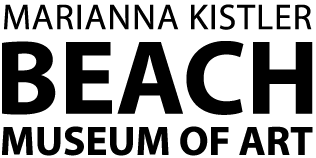ART FOR ALL?
Seven of the fourteen public school systems represented in this exhibition contained segregated schools, which were ruled unconstitutional in 1954 by the U.S. Supreme Court in the landmark Brown v. Board of Education of Topeka decision. Some school districts also established separate classrooms and school annexes for students of Mexican descent. For several decades Native American students in a federally managed boarding school in Lawrence were not allowed to speak their tribal languages.
The research for this exhibition suggests that before 1950, institutions established for non-white students lacked the same access to visual arts education, including programs like art collecting.
Contradictions thus exist between the “art for all” ideals that underlie historic art collections in Kansas schools and the era’s exclusionary practices. Promoters of original art in schools expressed a desire to enhance learning environments, cultivate appreciation of “beauty,” and “democratize” art to strengthen American democracy. But which schools were deemed worthy of enhancement? Whose cultures and histories defined what was “beautiful”? And who received the full benefits of American democracy?

Mary Huntoon
Born 1896, Topeka, Kansas
Died 1970, Hoyt, Kansas
Kansas Landscape, 1937
Etching and sand ground etching
6 3/4 x 8 3/4 in.
Works Progress Administration Federal Art Project, Kansas
Kansas State University, Marianna Kistler Beach Museum of Art, 1939.16
A copy of Huntoon’s WPA print was sent to at least nine schools in Kansas, including Wichita’s L’Ouverture, a segregated elementary and junior high school for Black students. The school opened in 1912 and was named after General Toussaint L’Ouverture, one of the heroes of the Haitian Revolution, the largest successful revolt by enslaved individuals in modern history. L’Ouverture remained segregated until the early 1970s. It is the only segregated school in Kansas documented as receiving New Deal art.








